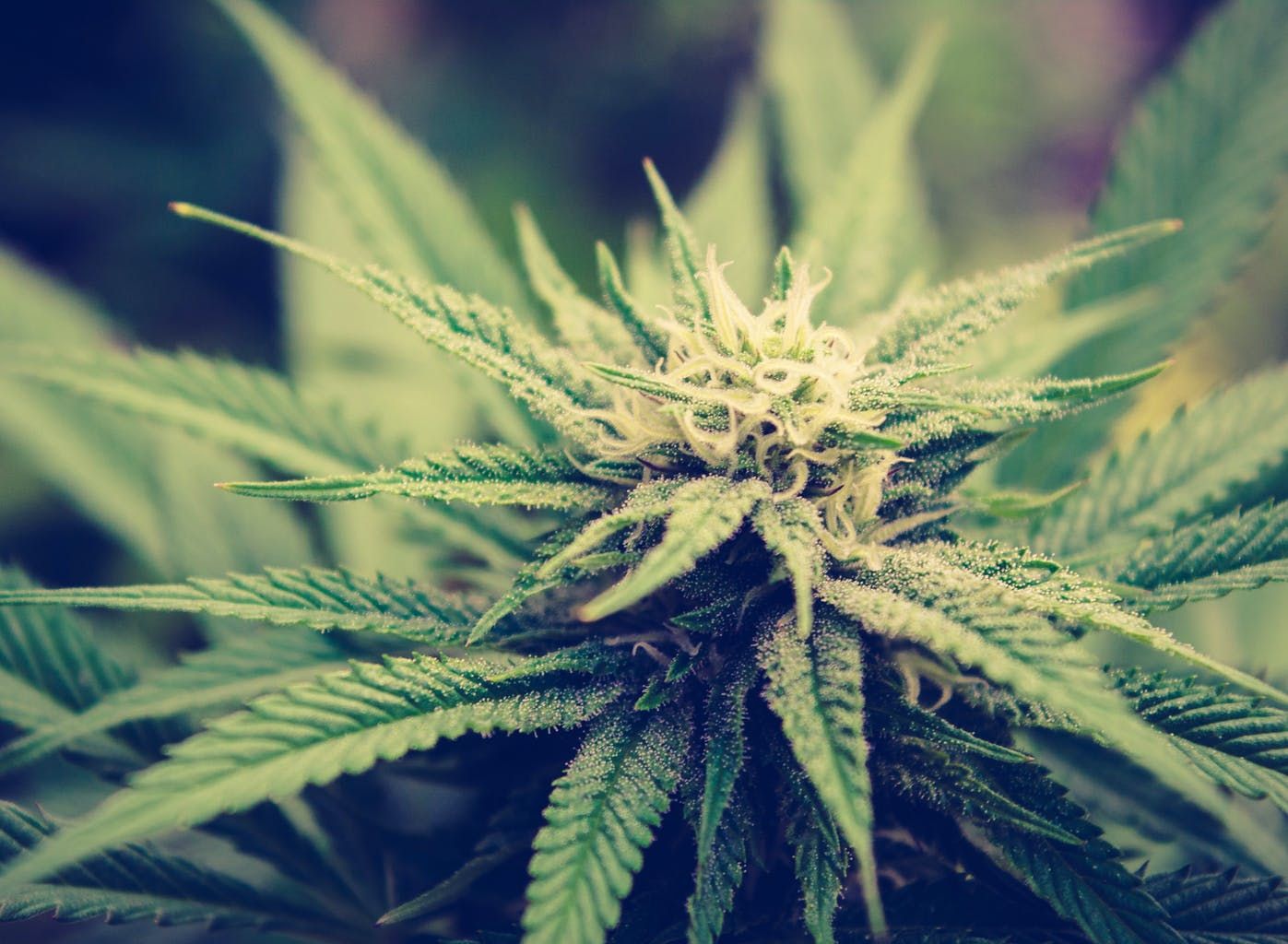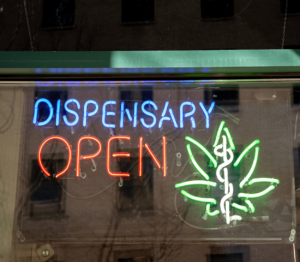Ever wonder what it takes to get cannabis from a tiny seed to the products that make their way to your local New York dispensary? We spoke to Mike Richards, PharmaCannis wholesale manager, to find out what that journey entails as well as how patients benefit from a program that’s vertically integrated—meaning participating organizations handle the entire process of cultivating, processing and distributing the cannabis that goes to patients in New York.
FOLLOW US ON FACEBOOK & INSTAGRAM
A Long Journey for Cannabis in New York
“Everything starts as a seed, which is planted and cultivated the way that marijuana is usually cultivated and grown,” Mike says. In legal markets such as California, the harvested plant can then make its way to patients as dried flower. In the New York market however, this is only the first step. “We don’t have dried flower here,” he explains, “so everything goes through the extraction process.”
Extraction isolates the medicinal aspects from the plant. “We do a CO2 supercritical extraction where we remove the cannabinoids,” Mike says, “and then we take that through refining processes to take out the fats, lipids—a lot of the parts of the medicine that don’t really give you medicinal benefit.” The result is pristine concentrated oil, which can then be used in various methods of ingestion.
“In New York we have vaporizers, so patients are able to vaporize their medication. We have tinctures so that they can take it sublingually, and then we have capsules,” Mike adds. “[Marijuana] gets turned into any of these various forms of administration and products for patients to utilize the cannabinoids as medicine.”
It can take eight to 12 months for cannabis to go from a tiny seed to medicine on a dispensary shelf.
What’s the Deal with Vertical Integration?
Some markets allow dispensaries to carry products from different suppliers, using cannabis grown by multiple cultivators and processed separately by individual manufacturers. Mike cites Illinois’ legal market as an example: “Out there, you have 60 dispensary licenses, you have 20 cultivation licenses, and there are people that are dispensing that aren’t processing or cultivating.”
The same is true for California—where products from different suppliers can populate the shelves of dispensaries statewide. Not so in New York, which requires that registered organizations (ROs) be vertically integrated.
“Vertical integration is where a company or organization is able to not only cultivate and process medication,” Mike explains, “but also get it into patients’ hands through a dispensary. So everybody has a cultivation operation, everybody does processing, and everybody’s able to dispense the medication through their own means to patients.”
Keeping the Patient in Mind through the Entire Process
With a vertically integrated program, ROs are responsible for every step of the seed-to-sale process, making it easier for them to react to the needs of their patients. “The cultivators, the growers, the people that are actually making the medication are in better touch with the patients,” says Mike.
“When you have somebody that’s not vertically integrated and they’re just dispensing medication, yes, they get the feedback from the patients,” he explains, “but they don’t have that backend cultivation or processing team to relay that information so that processing or cultivation methods can be geared towards the subjective feedback that patients have about the efficacy of the medication.”
RELATED: HOW TO GET YOUR MEDICAL MERIJUANA CARD IN NEW YORK STATE
Mike’s perspective is informed even further by his personal experience as a medical cannabis patient. “I got into the industry three years ago after being diagnosed with Crohn’s disease, and if it wasn’t for cannabis I wouldn’t be managing my Crohn’s as successfully as I am nowadays,” he reveals. “It’s an important perspective to really keep the patient in mind from the cultivation end of things, and people that aren’t vertically integrated don’t really have that backend network to help support the things they are hearing from patients.”
Patients also reap the benefits of competition in a vertically integrated program, gaining access to a variety of products offered by multiple ROs as opposed to encountering the same items at multiple dispensaries. “It leads to a more robust market because everybody is producing, everybody is processing,” Mike says. “There are going to be more options for patients, more diversity of products and medication for patients.”
Patients can also expect to feel the impact of this competition in their wallets. “It’s actually going to lower cost for patients which, in my opinion, is a good thing.”
Taking Marijuana to the Next Level
If there’s one downside to vertical integration, it’s that ROs don’t have the ability to focus on a single aspect of the seed-to-sale process. “It removes some of the specialization that sometimes you have (with non-vertically integrated markets) because everybody is focused on doing everything,” Mike explains. “When somebody is just focused on cultivation or on processing, by having that specialization, they can do things a little bit differently because they aren’t doing so many things at once.”
That said, New York’s recent expansion of the market to bring on five additional ROs—bringing the total to 10—and launch a wholesale program in January paves the way towards a more streamlined program that serves patients by fostering cooperation between organizations. “We have the opportunity to have conversations so that we can collaborate and decide that even though we’re vertically integrated, do we all really need to be growing Blue Dream? Do we all really need to be making a one-to-one capsule?” Mike says.
“I think we have a unique window to shape the New York market based on the fact that, yes, we’re all vertically integrated, but being in a more collaborative environment—that is going to really be what does the industry best and brings it to the next level.”
Mike is enthusiastic about the changes happening in New York and all of the programs nationwide. “We’ve learned a lot from the other states and the other medical cannabis programs,” he says. “It’s just exciting the way regulations are changing and different programs are setting different standards, whether it’s everybody being vertically integrated, or incorporating an educational component where certain organizations partner with universities. It’s really exciting where the industry is going.”
Mike makes one final point by challenging a longstanding stigma about the people who grow, cultivate and process medical cannabis. “We have scientists who are [working] to get this from a plant format to medicine for our patients. Sometimes people have the stereotype that guys and gals that are growing this medication are up in a field somewhere with dreadlocks listening to Bob Marley,” he explains. “Not to say we don’t have a good time doing what we do because we’re very passionate about providing medication and helping patients. But really … there are professionals doing science to get very scientifically based medication into patients’ hands.”
Photo credit: @exxteban
If you’re new to cannabis and want to learn more, take a look at our Cannabis 101 post. HelloMD can help you get your medical marijuana recommendation; it’s 100% online, private and efficient.





